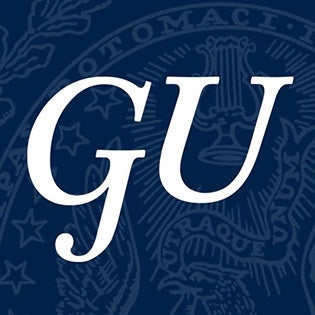“Intervocalic /s/ voicing in Spanish: Sociophonetic insights from communities of language contact”
Event Description:Though the variable production of the Spanish voiceless alveolar fricative (/s/) is perhaps the most widely researched speech feature in Hispanic Linguistics, the vast majority of studies focus on its aspiration and/or elision, a distinguishing feature of numerous varieties across the globe. Considerably less empirical attention has been afforded to variability concerning the voicing of /s/ to [z], and of this minority, most explore voicing in contexts of a following consonant (e.g. isla [ízla] ‘island’; hasta [ázta] ‘until’), leaving only a select few that have examined variation in intervocalic contexts (e.g. cosa [kóza]; los años [lozáɲos]). Accordingly, the present investigation seeks to empirically detail the linguistic and social factors underpinning Spanish intervocalic /s/ voicing, and in so doing will address prior claims that Spanish intervocalic /s/ voicing is strictly an endogenous product of language-internal mechanisms of lenition. I present the findings of a series of parallel sociophonetic studies of intervocalic /s/, conducted across a unique set of Spanish-speaking communities exemplifying distinct sociolinguistic realities: Madrid Spanish, Catalonian Spanish (in contact with Catalan), Andean Spanish (in contact with Quechua), and California Bay Area Spanish (in contact with English). Speech samples were elicited by means of a phrase-list reading task and sociolinguistic interviews administered to over 100 speakers in their respective communities, stratified by age, gender, and language dominance. Following acoustic analysis of /s/ voicing in Praat, the results of statistical analyses reveal a confluence of linguistic and social conditionings, notably including factors consistent with language-internal endogeny (favoring voicing across unstressed syllables and word-finally) as well as language contact (favoring voicing with greater contact-language dominance and contact-language cognates), and indeed evidence of an active change in progress from below in Catalonian Spanish. Ultimately, I argue that these findings demonstrate that: (1) while intervocalic /s/ voicing may be attested as a sporadic feature of all Spanish varieties, it is nonetheless a systematic and robustly present feature of select varieties; (2) intervocalic /s/ voicing cannot be wholly accounted for as a strictly endogenous feature in contact varieties of Spanish; and (3) the sociolinguistic and political statuses of local language communities mediate the processes of contact-induced language variation and change.
Speaker: Dr. Justin Davidson is an Assistant Professor of Hispanic Linguistics and Romance Linguistics at the University of California, Berkeley. His principal research agenda is guided by questions that address language variation and change in contact situations, with particular regard for accounting for why, as well as by what processes, certain linguistic features (and not others) propagate throughout the wider community of speakers. His most recent line of research from a framework of variationist sociolinguistics explores sociophonetic variation in the production and perception of fricatives, laterals, and rhotics in various contact communities of Spanish, and he has additionally published on the diachronic development of diaspora varieties of Catalan from a framework of sociohistorical linguistics, as well as the variable acquisition of Spanish inflectional morphology by U.S. heritage speakers and L2-learners using methodologies informed by the fields of second language acquisition and psycholinguistics.
March 31, 2020, 3:30-4:30 pm
Location: ICC 462
